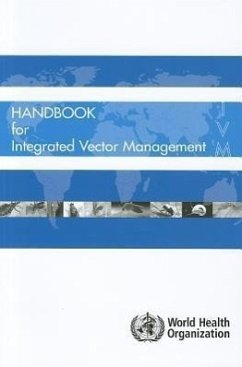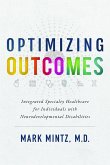Integrated vector management (IVM) is a rational decision-making process for optimal use of resources for vector control. The aim of the IVM approach is to contribute to achievement of the global targets set for vector-borne disease control, by making vector control more efficient, cost-effective, ecologically sound and sustainable. Use of IVM helps vector control programs to find and use more local evidence, to integrate interventions where appropriate and to collaborate within the health sector and with other sectors, as well as with households and communities. By reorientating to IVM, vector control programs will be better able to meet the growing challenges in the control of malaria, dengue and other vector-borne diseases in the face of dwindling public sector human and financial resources. This handbook presents an operational framework to guide managers and those implementing vector-borne disease control programs in designing more efficient, cost-effective systems. As a national IVM policy and an intersectoral steering committee are essential for establishing IVM as a national strategy, the handbook begins with the policy and institutional framework for IVM. Policy analysis is a means for identifying options for policy reform and suggesting instruments for implementing policy. IVM transforms the conventional system of vector control by making it more evidence-based, integrated and participative. This may require changes in roles, responsibilities and organizational links. The transition to IVM involves both reorientation of vector-borne disease control programs and embedding IVM within local health systems. Intersectoral partnerships and collaboration at both national and local levels will result in cost savings and benefits to other health services. Other relevant sectors, such as agriculture, environment, mining, industry, public works, local government and housing, should incorporate IVM and vector control into their own activities to prevent vector proliferation and disease transmission. Planning and implementing IVM involve assessing the epidemiological and vector situation at country level, analyzing the local determinants of disease, identifying and selecting vector control methods, assessing requirements and resources and designing locally appropriate implementation strategies. Solid evidence on the cost-effectiveness of interventions and their underlying parameters and a comprehensive vector surveillance system are essential for locally appropriate decision-making. Capacity-building, in particular human resource development, is a major challenge, because the IVM strategy requires skilled staff and adequate infrastructure at central and local levels. The handbook outlines the core functions and essential competence required for IVM at central and local levels, complementing a separate set of documents containing the Core structure for training curricula on integrated vector management and associated training materials. Like any new approach, IVM must be actively advocated and communicated in order to become established. The handbook lays out the elements and processes of IVM to enable policy-makers, donors and implementing partners to use it for vector-borne disease control. During the period of transition and consolidation of an IVM strategy, regular feedback is required on performance and impact in order to ensure continued support. The general public must also be made aware of the strategy and participate in its implementation. The communication tools for reaching the public are the media and various types of educational interventions to increase their knowledge and skills, which should lead to behavioral change and empowerment. The final section presents a comprehensive framework for monitoring and evaluation of IVM, covering aspects discussed in the previous sections. Indicators and methods for measuring process, outcomes and impact are proposed.








